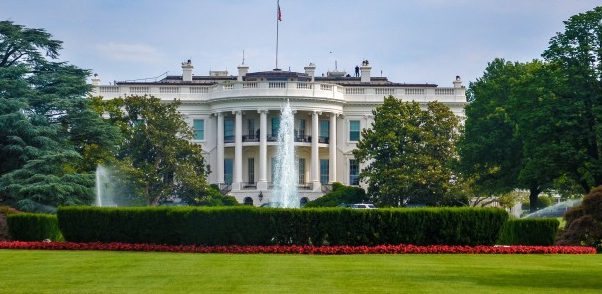The Fourth U.S. National Action Plan for Open Government (NAP4) was released this month after a more than year-long delay. It offers eight key initiatives, a change from the variety of initiatives published during the Obama administration, and goes into effect for the next two years.
The first open government national action plan was released by the Obama administration on Sept. 2011. According to usa.gov, the following are examples of past commitments brought on through the National Action Plan:
- We the People: Described by usa.gov as “one of the first and most prominent open government commitments,” this site allows people to create petitions, gather signatures, and drive reform with discernable impact.
- Data.gov: The open data site provides about 200,000 datasets to help developers, entrepreneurs and everyday Americans conduct research, create web and mobile applications, and more.
- USAspending.gov: This site allows taxpayers to track federal spending to gain insight into how their money is being used throughout the nation.
NAP4 outlines the following eight initiatives for the next two years:
- “Leverage Data as a Strategic Asset: Publish a Comprehensive Federal Data Strategy.”
Federal data is classified as “both a strategic asset and a valuable national resource” that is vital for the federal government’s continued efficiency in mission operations, accountability, and encouragement of economic growth.
A deliverable under this initiative is the Federal Data Strategy, which will include federal and federally-sponsored data including program data, statistics, and mission support. The strategy incorporates concepts in already-marked principles, like protecting personal information, and expanding data as a management tool.
The Federal Data Strategy will be centered on principles of “ethical governance, transparency, conscious design, and continuous improvement.”
- “Ensure Accountability for Grants.”
According to the plan, the federal government spends about $700 billion in grants and cooperative agreements for approximately 1,800 different funding categories each year. The Office of Management and Budget (OMB) estimates that over 40,000 grant holders, including state and local governments, universities, and non-profits, receive funding annually.
The Trump administration aims for “results-oriented accountability for grants” through greater transparency of the federal grant-making process.
- “Provide Public Access to Federally Funded Research.”
The White House Office of Science and Technology Policy is pushing efforts to make federally-funded scientific research more accessible to the public through the National Science and Technology Council.
- “Foster the Expansion of Workforce Data Standards.”
In times of rapid change, data plays an important role. To that end, the President has given the following responsibilities to the National Council for the American Worker (NCAW) in order to develop plans to leverage data:
- Improve transparency around educational outcomes
- Increase transparency over job posting data
- Heighten transparency over data for skills/credentials leading to family-sustaining jobs.
The other four initiatives are:
- “Create Agency-Level Chief Data Officers.”
- “Using Open Data to Fuel Innovation to Improve Public Health.”
- “Implement Intelligence Community “Enterprise Objective” on Privacy, Civil Liberties, and Transparency.”
- “Expand Public Participation in Developing Future U.S. National Action Plans.”
Check out the full plan here.
Photo Credit: David Everett Strickler on Unsplash





Thanks for explaining this Sherin! It sounds like there are interesting times ahead for open government.
This is a really helpful breakdown. I’m eager to read the upcoming federal data strategy at some point in the next two years.